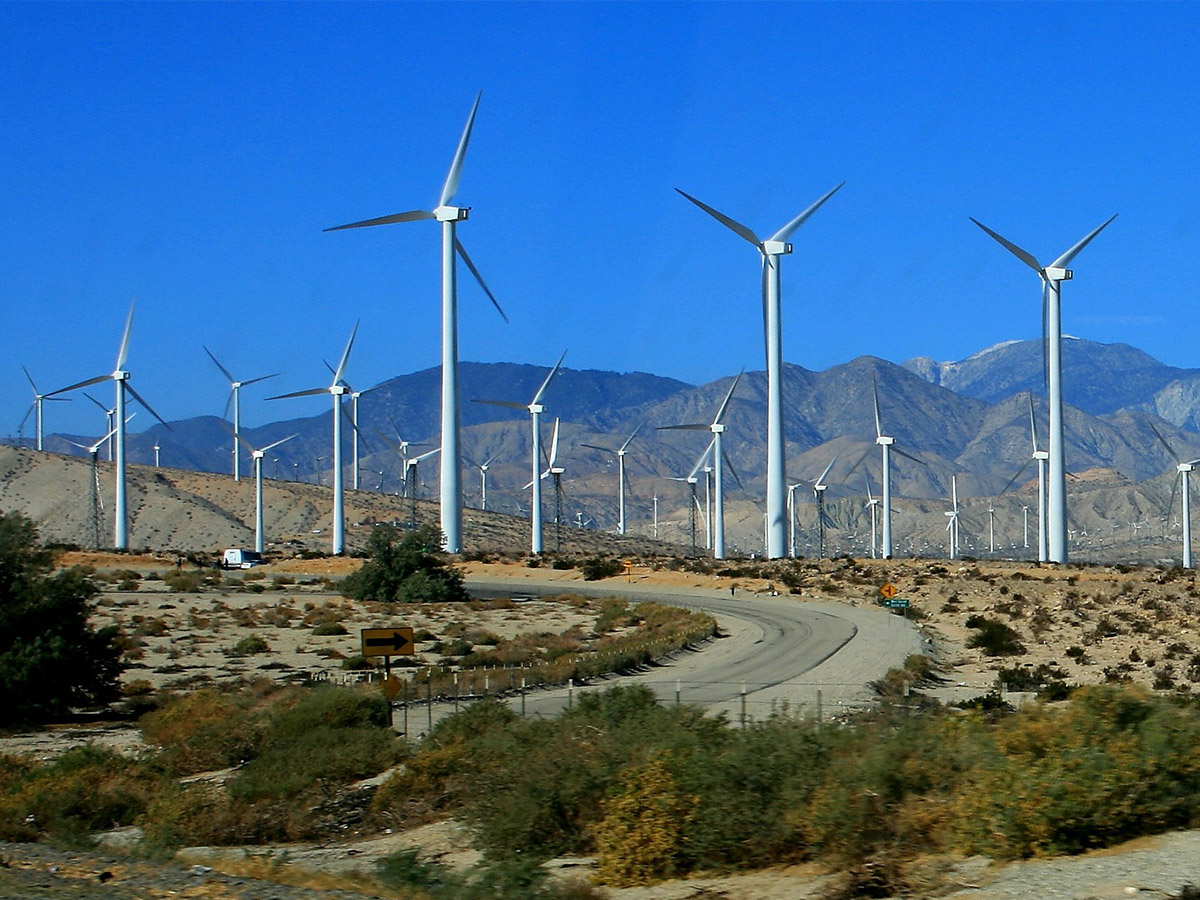
Earlier this month, California Treasurer John Chiang made his state the first to sign the Green Bond Pledge, committing to a strategy that will finance eligible clean energy projects with “green bonds,” low-cost financing that supports sustainable infrastructure.
Green bonds were created in the last decade to fund projects that have positive environmental benefits, such as public transportation and access to clean water. Initially a tool of international development entities like the World Bank, green bond use is growing rapidly both in the infrastructure projects they finance and the geographies they touch. Each new bond helps shape investor understanding of the economic benefits of sustainability, opening access to a global debt market of more than $90 trillion—the largest and most stable pool of capital in the world. Without question, green bond financing is one of the principal pillars that will support the world’s transition to clean energy, and sustainable environmental practices more broadly.
And so the announcement of the Green Bonds Pledge—and California’s leading endorsement of the initiative—is a natural fit for the upcoming Global Climate Action Summit (GCAS). In addition to being large and stable, the bond market is “small d” democratic, meaning that it is accessible to cities, states, and corporate entities, and green bonds can be owned by investors of all sizes—including individual investors.
If the central message of GCAS is that leadership on climate must come from all actors in civil society—not just national governments—then democratizing finance must be part of the agenda. Using green bonds to finance the clean energy transition makes it possible to share profits broadly, since bonds can be issued in small amounts. Green bonds form a link between our societal objectives to deliver clean, sustainable energy and the mounting need to deliver inclusive prosperity in a fractured and unequal economy.
Looking deeper into the current green bond market, however, one issue stands out: Most of the financing hasn’t gone toward clean energy projects, instead supporting projects such as rail and water infrastructure. When clean energy projects are financed with green bonds, investors love them—as when Warren Buffet’s MidAmerican Energy issued a bond to refinance large-scale wind in 2017, and found four times more demand from investors than the company could meet. So, California might usefully ask: If green bonds are the tool, and clean energy is the goal, how can the state lead in connecting the two themes?
One route might be to encourage green bond issuance by the state’s utilities, both investor- and municipally owned. For example, a comprehensive and aggressive plan to extend the clean energy grid to power transportation could be partially financed by utilities through the green bond market. Investment plans could be collaboratively developed by utilities, local communities, and third-party developers, with approval by regulators giving bond investors certainty of returns. Raising the ambition level further, California could even create priority purchase rights for these green bonds for the state’s pension system, or even average retail investors. The political will of California’s citizens has been the foundation upon which our climate agenda has been built; we can reward that good faith with an ownership stake in the future we are creating.
There is no single response to the challenge of climate change. But focusing on the world’s largest source of capital seems like a good place to begin. When GCAS comes to a close in mid-September, vaunted commitments must be followed with action. California can continue its global leadership with its focus on green bonds for climate infrastructure—and show the way forward for others, yet again.
Dan Adler, Vice President, Policy